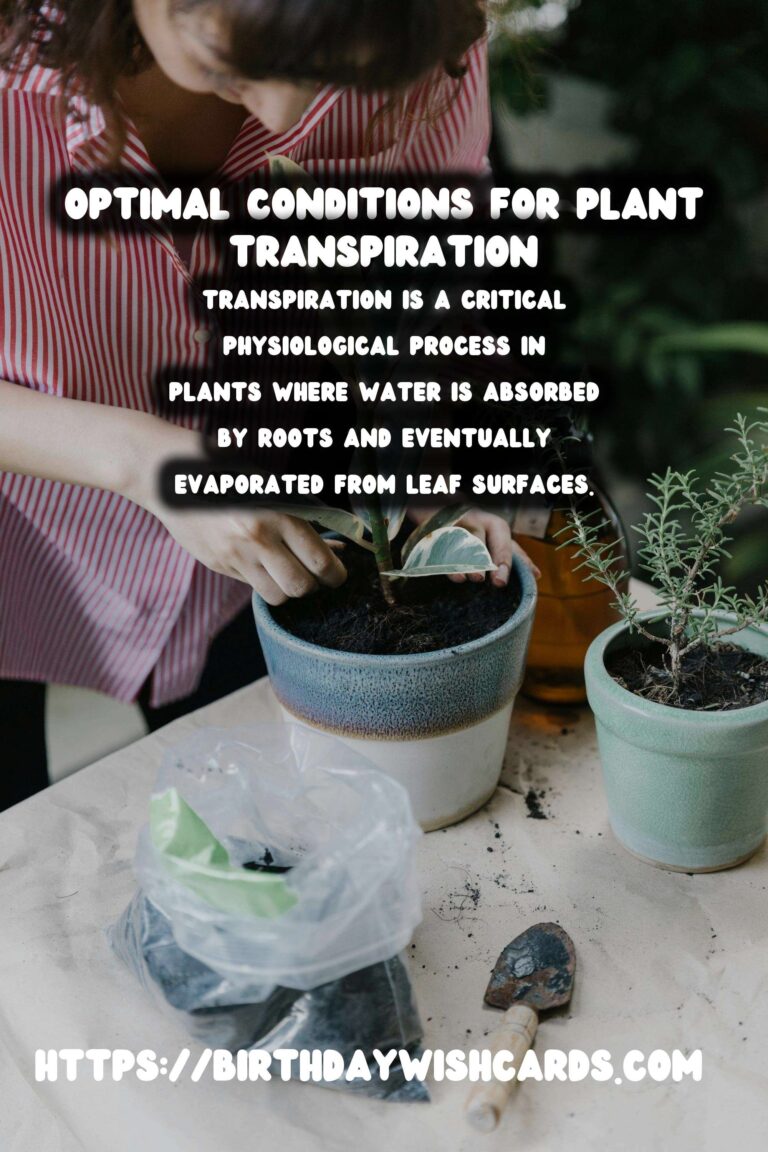
Transpiration is a critical physiological process in plants where water is absorbed by roots from the soil, transported through the plant, and eventually evaporated into the atmosphere from leaf surfaces. This process not only facilitates the movement of nutrients and water within the plant but also plays a crucial role in maintaining plant temperature and contributing to the water cycle.
What is Plant Transpiration?
Transpiration involves the movement of water from the roots to the leaves where it evaporates into the atmosphere. This process occurs primarily through stomata, which are tiny openings on the leaf surfaces. The opening and closing of these stomata are regulated by environmental conditions, ensuring that the plant maintains optimal water balance while maximizing photosynthesis.
The Importance of Transpiration
Transpiration serves several vital functions: it helps in nutrient uptake, maintains plant turgor pressure, and aids in cooling the plant through evaporative cooling. Additionally, it plays a significant role in the global water cycle by returning water vapor to the atmosphere.
Factors Affecting Transpiration
1. Light
Light intensity directly affects the rate of transpiration. Higher light levels increase the temperature, which opens the stomata and increases water evaporation. During the day, especially in bright sunlight, transpiration rates are typically higher than at night.
2. Temperature
The rate of transpiration increases with temperature. Warmer temperatures enhance the evaporation of water from leaf surfaces, thus increasing transpiration rates. However, if temperatures become too extreme, plants may close their stomata to conserve water, reducing transpiration.
3. Humidity
Humidity inversely affects transpiration. High humidity levels reduce the rate of transpiration because the concentration gradient between the moisture inside the leaf and the air outside is smaller. Conversely, low humidity conditions can increase transpiration.
4. Wind
Wind can increase the rate of transpiration by removing the humid air layer around the leaf surface, thus maintaining a higher concentration gradient for water vapor. However, excessive wind can lead to water loss and stress on the plant.
5. Soil Water Availability
Soil moisture is a limiting factor for transpiration. Adequate water in the soil ensures a continuous supply to the leaves. In dry conditions, plants may reduce transpiration by closing their stomata to conserve water.
Optimal Conditions for Transpiration
Optimal conditions for transpiration involve a balance of the above factors. Moderate light, adequate temperature, moderate humidity, gentle wind, and sufficient soil moisture create an environment where plants can transpire efficiently without undergoing stress.
Conclusion
Understanding the factors influencing transpiration helps in managing plant health and agricultural productivity. By optimizing these conditions, one can ensure that plants thrive, thus contributing to a healthy ecosystem and sustainable agricultural practices.
Transpiration is a critical physiological process in plants where water is absorbed by roots and eventually evaporated from leaf surfaces. Factors affecting transpiration include light, temperature, humidity, wind, and soil water availability. Optimal conditions for transpiration involve moderate light, adequate temperature, moderate humidity, gentle wind, and sufficient soil moisture. Transpiration plays a vital role in nutrient uptake, plant temperature regulation, and the global water cycle. 
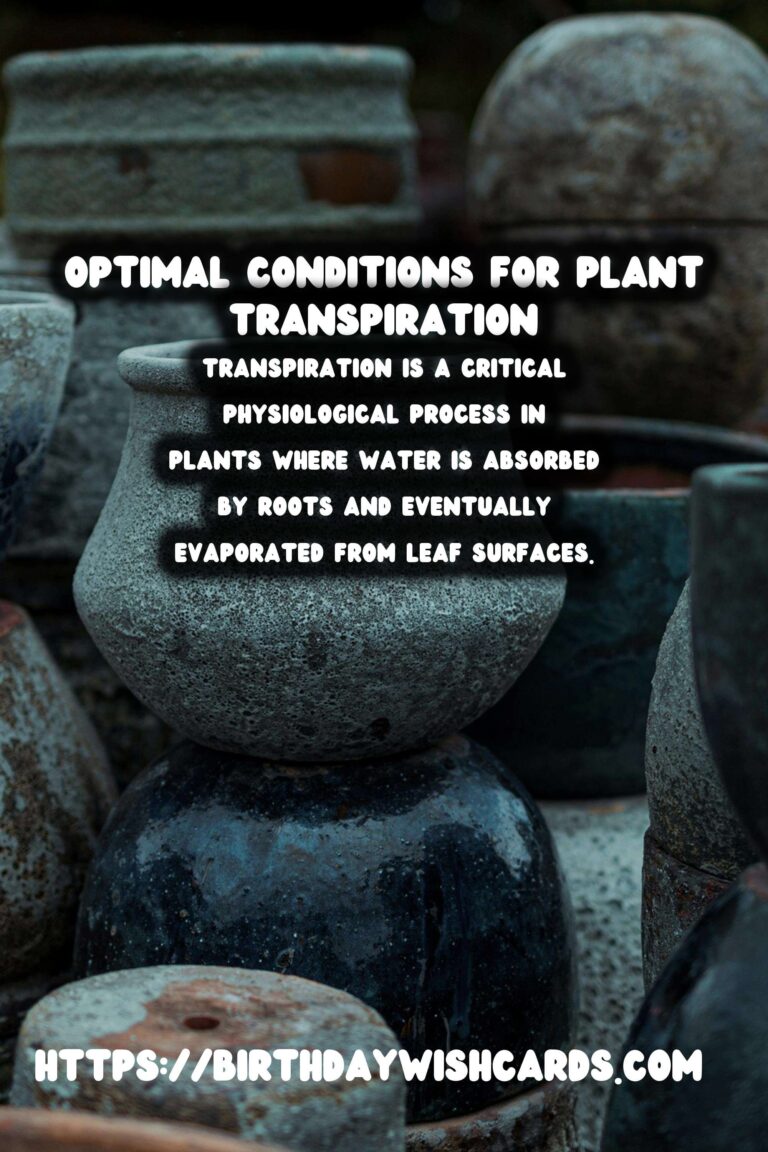
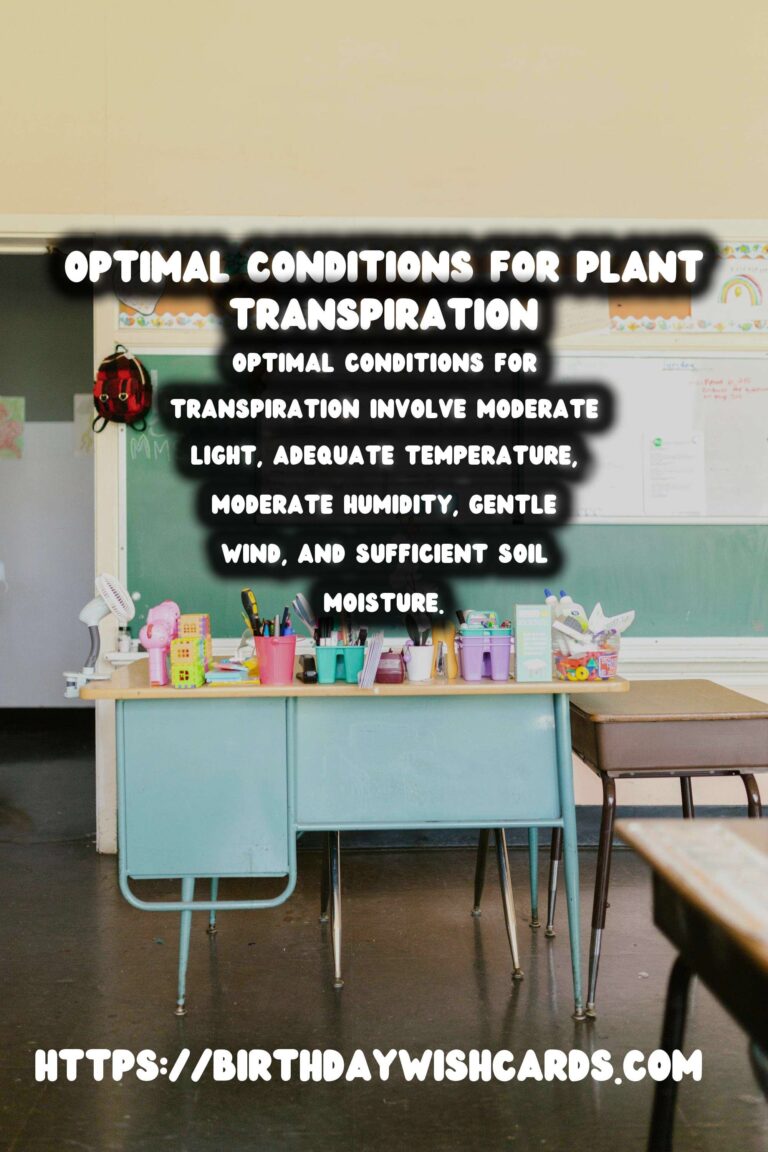
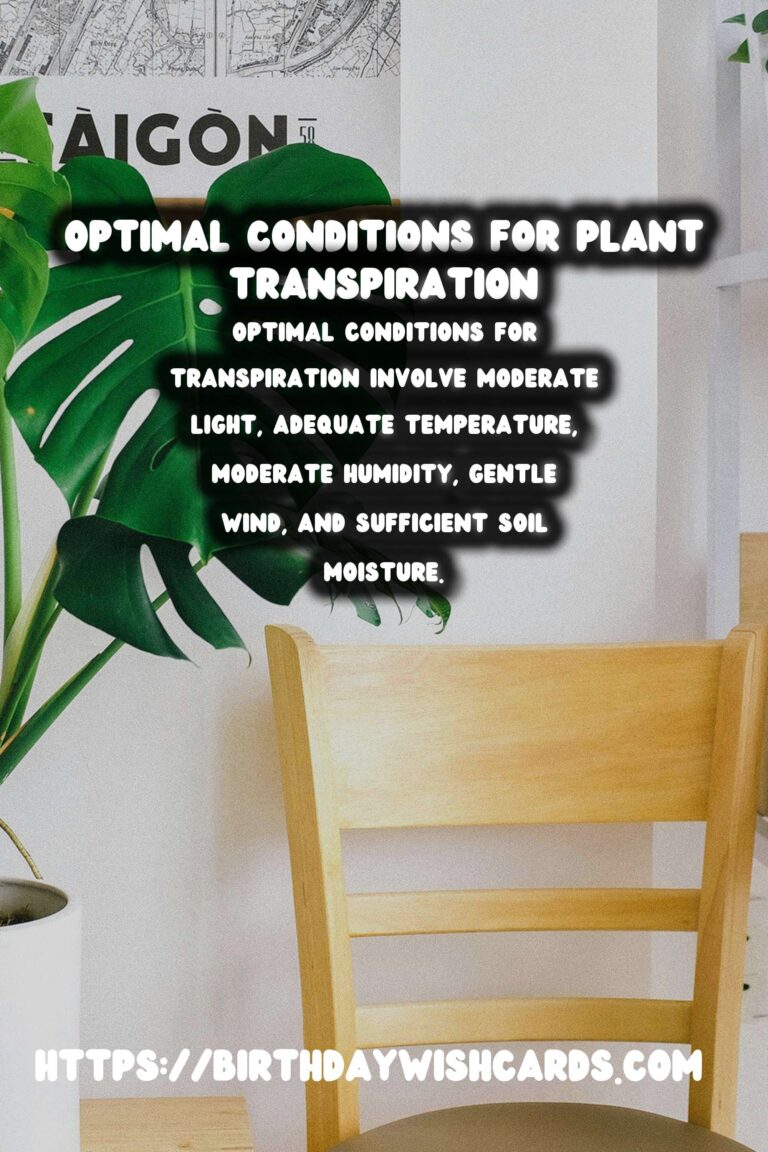
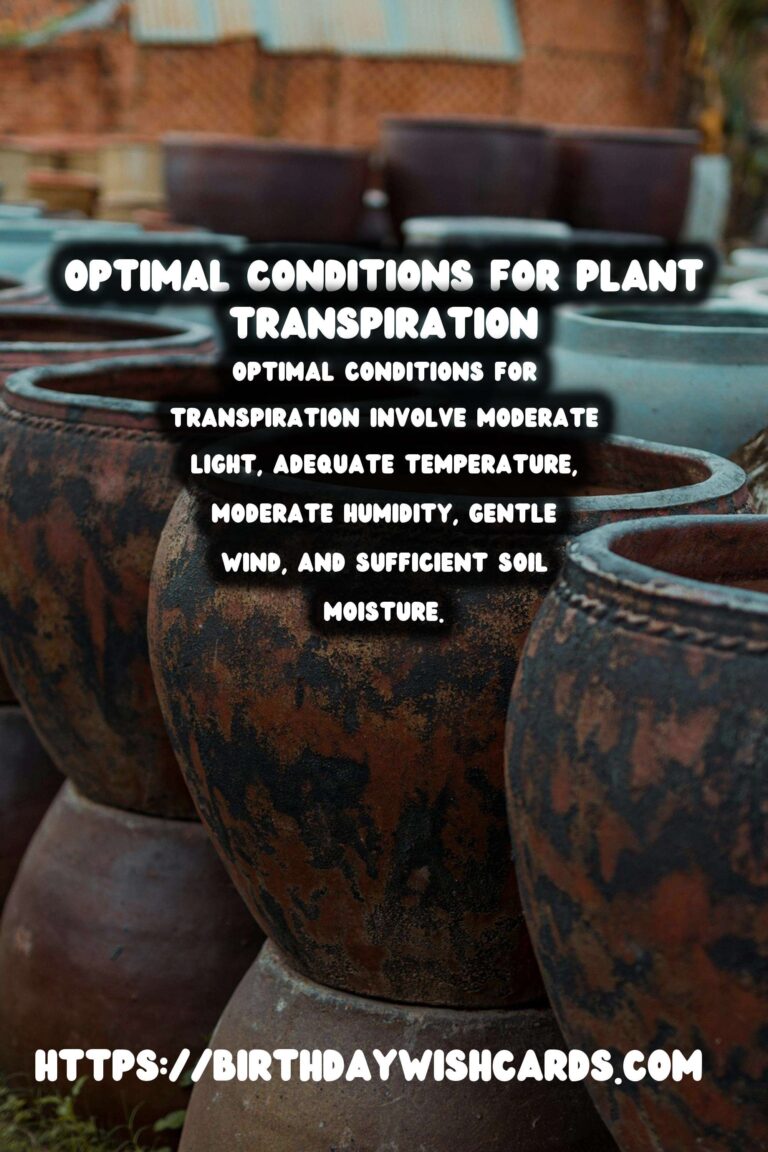
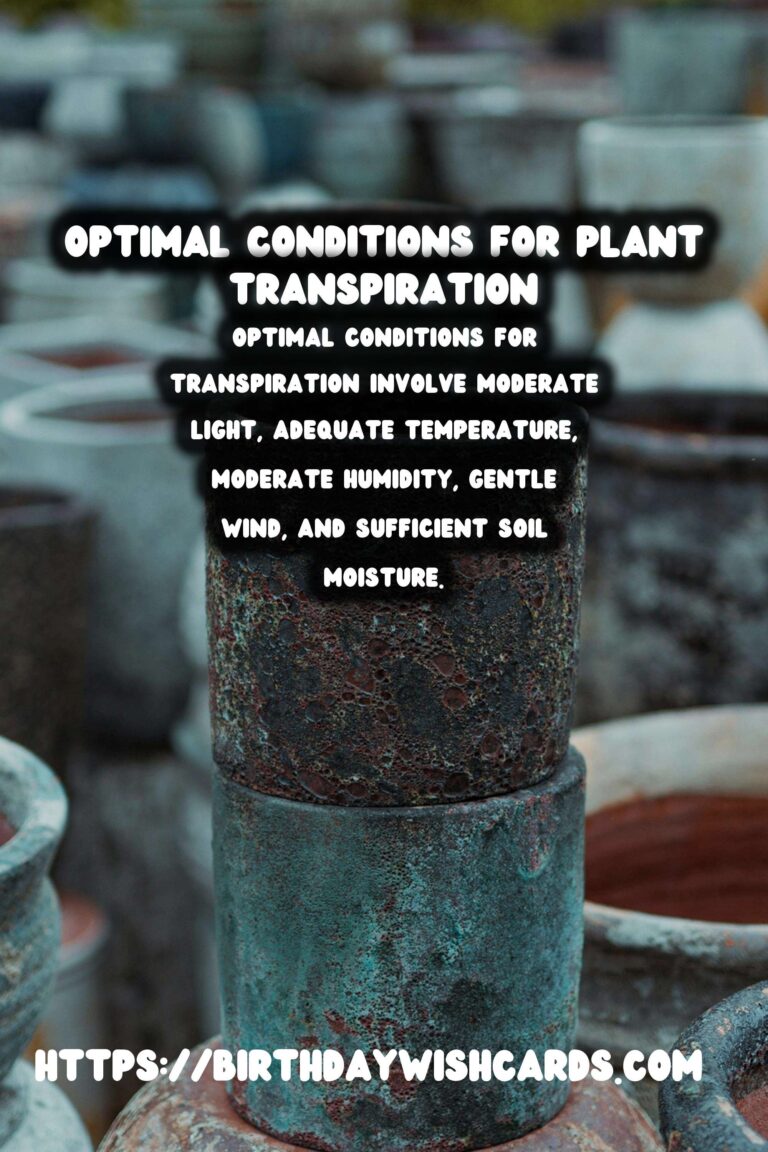
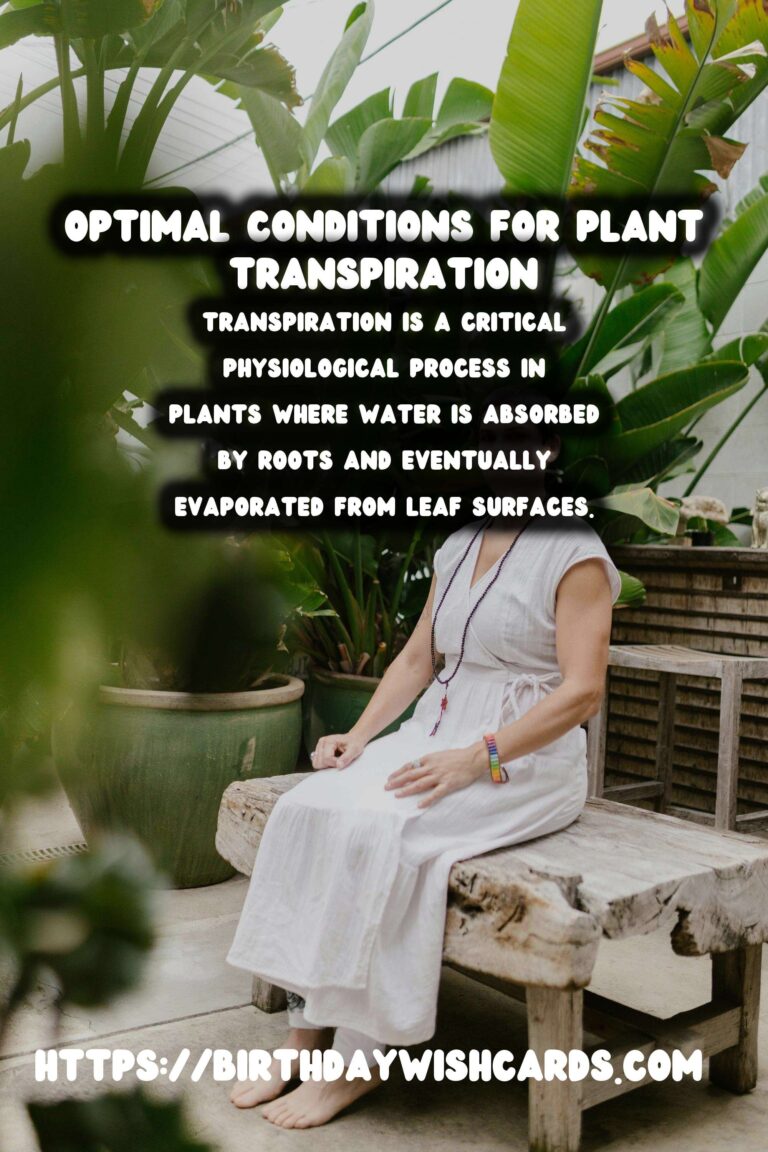
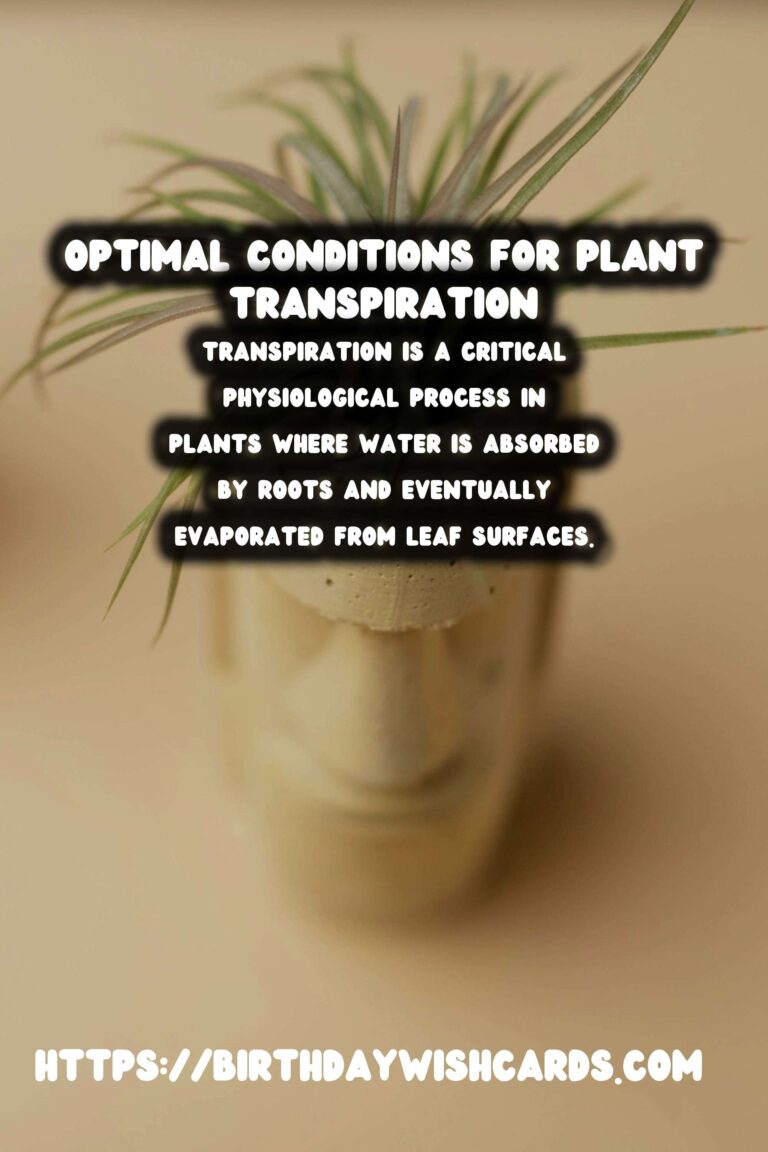
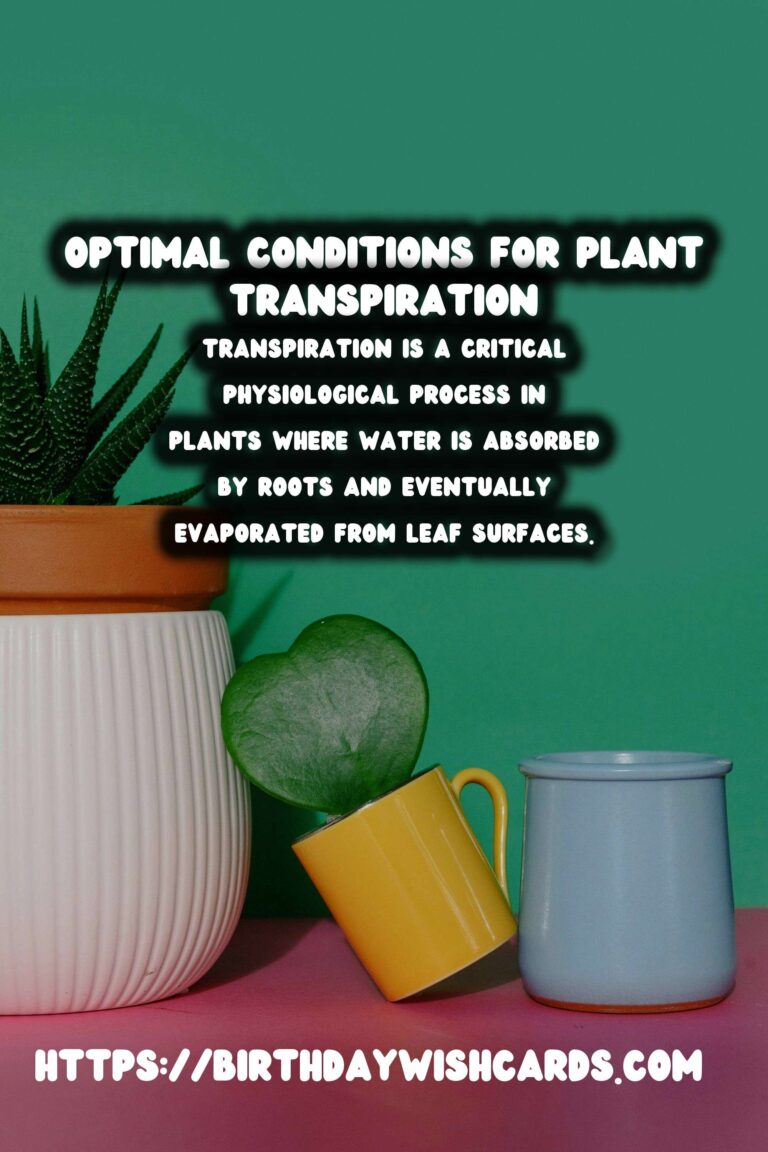
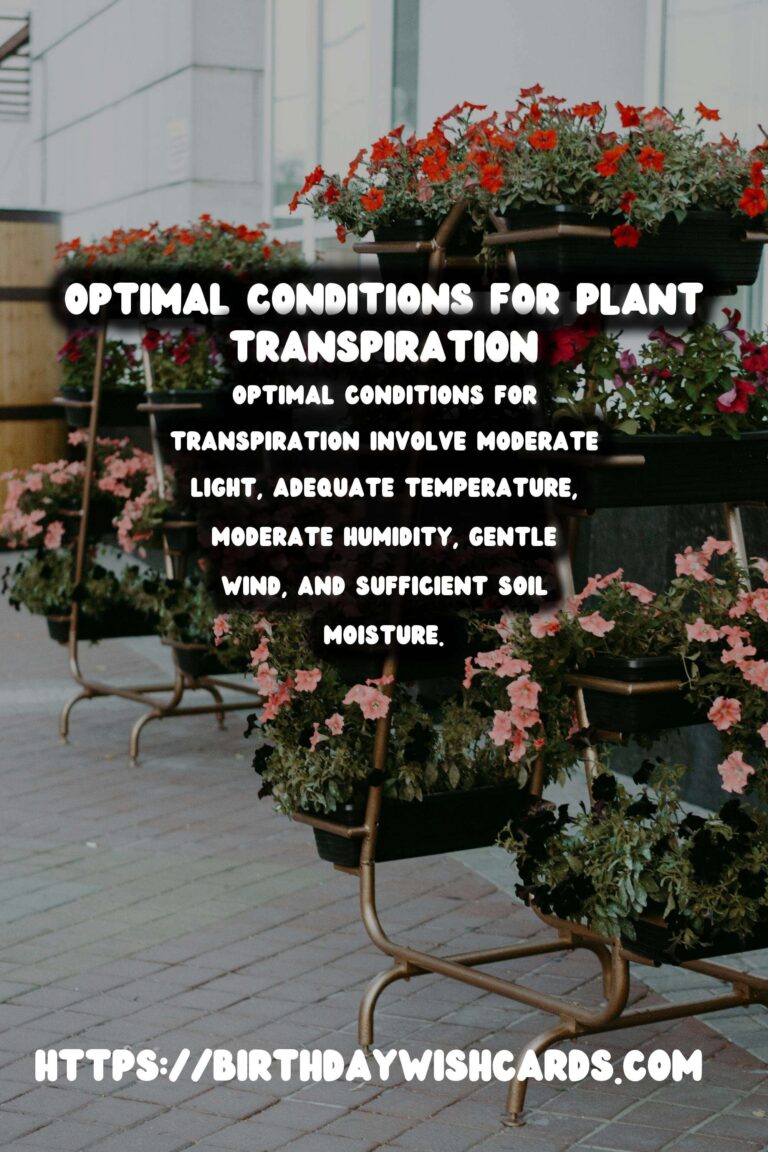
#PlantTranspiration #Botany #PlantPhysiology #GardeningTips




